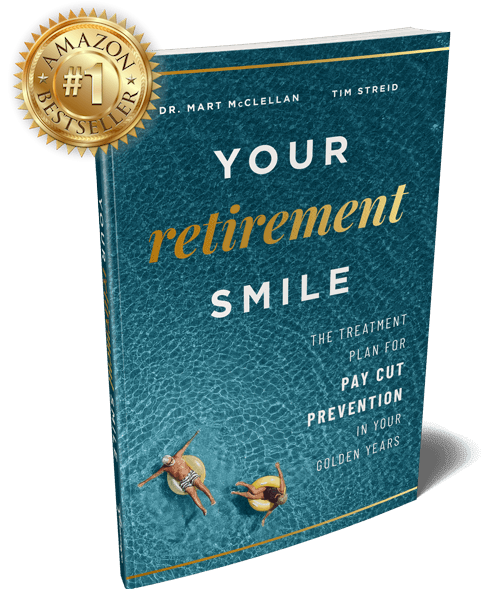With people living longer and healthier lives, more seniors are choosing to age in place during retirement. However, you may have to tackle home accessibility modifications in order to do so. How can you navigate all the choices to make the best and most cost-effective decisions?
Aging In Place: Is It Right For You?
First, decide if aging in place is the right choice for you. For example, if you currently live in a two-story home, it may not be a wise idea. You’ll also need to consider what kind of budget you have now or will in the future to make renovations to accommodate your needs. Read more questions you should ask yourself at MoneyTips.
Despite the challenges, there are numerous benefits to aging in place, including:
- Familiar surroundings as you age. Since you already know your home so well, you won’t have to adjust to a new place with new problems. You may also be safer as you age.
- It helps you retain your independence.
- You can avoid the hassle and inconvenience of relocating and finding all new service providers, faith groups, friends, and more. Keep the community you already know and love.
Aging in place has also given rise to the “Village Movement.” According to Zest Now, this movement supports areas where groups of seniors live, which helps them to stay in their homes. Home modification and other services are brought in or made easier for them.
Making Renovations: What To Consider
If you’ve chosen to stay in your home, it’s time to take stock of what changes your home will need.
- Safety and Mobility
Are your hallways well lit? Can your doorways accommodate a walker or wheelchair, if you need one? Do you have motion sensors to turn on lights? Finally, your bathroom is one of the most dangerous places in your home. Assess what changes you must do to make it safer (such as adding a non-slip shower floor, walk-in bathtub, and grab bars for the shower and toilet). - Convenience
Aging often comes with difficulty in wrist mobility, so you may want to replace things like doorknobs with pulls and faucets with levers. You might also want a detachable shower head for added convenience while showering. - Accessibility
If you use a wheelchair, you may want kitchen counters to be remodeled for accessibility and long-term use. This is a costly investment but may help you remain in place. - Budget
While some financing is available, it’s best to see what kind of budget you have first and what you require. Do you need big changes, like a kitchen renovation, or small, like adding a ramp to a stairway? - Contractor
You will need a contractor that you can trust to make modifications. They should be well-versed in options to improve accessibility, mobility, and all your needs. The Contractor Connection has a list of licensed and secure contractors in their finder tool.
If aging in place sounds like a good fit for you, here are more questions you can consider to make sure it’s your best choice from Next Avenue. Use this planning guide from Aging In Place to move forward.
Alternative Options
However, if staying in your home seems like a costly idea or you have far too much house for your post-retirement needs, you can consider other solutions:
- Downsizing
Buying a smaller home might be a good option for you. Review your local listings and recent sales to get an idea of current home values and prices. It’s also important to get a good idea of what you’ll get for your home when you put it on the market (online calculators can help you estimate the proceeds). - Senior Communities
These communities feature one-story homes or condos and may even require residents to be over age 55. They also provide a built-in community of seniors.
If you are healthy, aging in place might be just the ticket. Research necessary modifications and costs, and compare those to the costs of downsizing to see which option works best for your needs.
MEET OUR GUEST AUTHOR – CLAIRE WENTZ:
Claire Wentz is creator of Caring From Afar and author of the upcoming book, Caring from Afar: A Comprehensive Guide for Long-Distance Senior Caregivers. Claire is a former home health nurse and recognizes that our aging population means many more people will become senior caregivers over the years. Specifically, she is interested in providing assistance and support to those caregivers who do not live near their loved ones. She hopes her writing will inform them, uplift them, and give them peace of mind when they need it.

